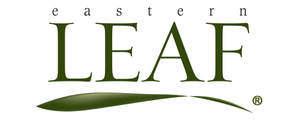| The success of your bonsai depends on a variety of factors, most notably watering and light. Below are some species specific guidelines to follow that will help ensure that your bonsai will stay healthy and happy. |
|
| Pruning Tips: The Cotoneaster Bonsai can be easily trained and pruned using the clip and grow method. We recommend making the cuts at least 2-3 pairs down from new shoots. This will ensure that there is wood in the branch to promote new bud growth. Directional pruning techniques can be used to fill out pad layers. |
|
| Fertilizing: We recommend fertilizing your bonsai tree every month with a bonsai fertilizer. Time-release granules are the easiest to use and can be added every season. Reduce the amount of fertilizer during the winter. |
|
 |
Lighting: The Cotoneaster Bonsai tree does best in filtered or full sunlight. If placed in full sun, take care to manage your watering to prevent your tree from drying out. |
| Temperature Requirements: Cotoneaster Bonsai trees can survive in cold weather and are extremely hardy but provide protection from freezing conditions in winter. |
|
| Watering Requirements: Water moderately, increasing in summer and decreasing in winter. We recommend using a soft spray to soak the soil. Ensure that water penetrates the topsoil and roots by checking that draining occurs on the pot's bottom. |
|
| Repotting: Cotoneasters prefer repotting during the spring. After repotting, water thoroughly and keep the bonsai tree in a shady location for several weeks so that new roots may grow. |
|
 |
Indoor / Outdoor: Cotoneasters thrive best in outdoor conditions. During the winter, trees can be overwintered to protect them from freezing. |
